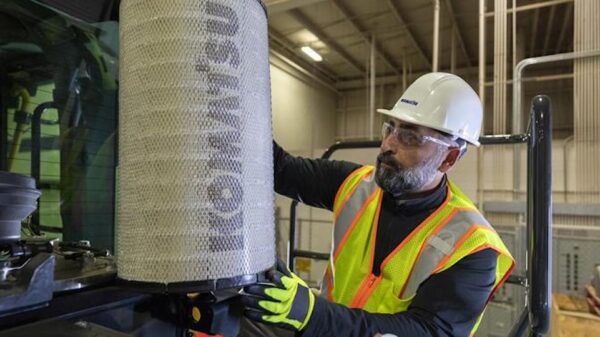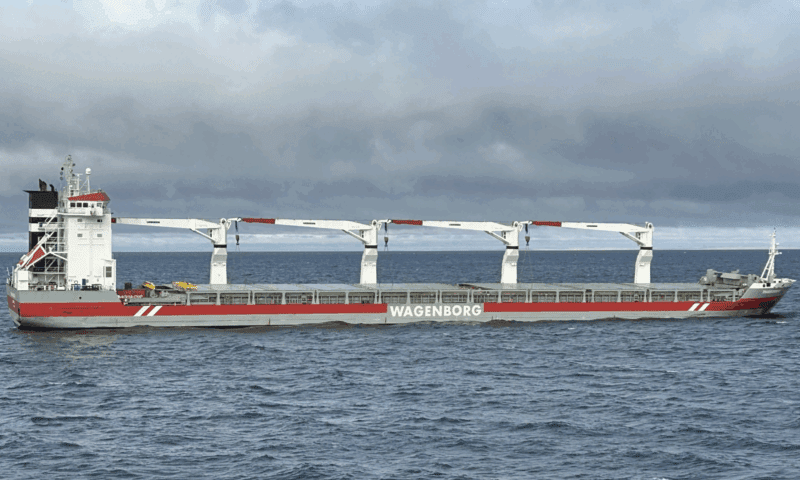Efforts are underway to refloat the Dutch-flagged vessel Thamesborg, which has been aground since earlier this month in the Canadian Arctic. The 21,359-deadweight tonnage (dwt) vessel was en route from Lianyungang, China, to Baie-Comeau, Canada, carrying a load of carbon blocks when it struck a shoal in the Franklin Strait.
The situation prompted the arrival of a specialized tugboat and an ice-class cargo ship to assist in the recovery operations. The tug, Beverly M I, measuring 450 tonnes and dispatched from Belledune, New Brunswick, reached the incident site over the weekend. With 4,000 horsepower and a bollard pull capability of 71 tonnes, it previously played a crucial role in escorting another vessel, Tiberborg, back to Baie-Comeau after it became adrift in mid-August.
In addition to Beverly M I, the Silver Copenhagen, a Norwegian-flagged ice-class reefer cargo ship weighing 4,230 dwt, has also arrived to assist with the operation. Having traveled from the Baltic Sea with a stop in Nuuk, Greenland, the Silver Copenhagen possesses a 1B ice-class rating, which is vital for safe operations in the challenging Arctic conditions as winter sea ice begins to form. Its relatively shallow draft of just 6 meters enabled it to safely approach Thamesborg for the planned transfer of cargo.
According to the vessel’s manager, Wagenborg, weather permitting, the initial stages of the salvage operation are set to commence within the week. This phase will involve the transshipment of some of Thamesborg’s cargo to one of the assisting vessels. Last week, inclement weather temporarily disrupted operations, but preparations are now advancing.
A third salvage vessel is also en route to the incident location, which will participate in the final stages of the refloating effort. Coast Guard officials approved Wagenborg’s salvage plan last week, allowing operations to move forward under supervised conditions. The icebreaker Des Groseilliers remains on standby in the vicinity, ready to assist if necessary.
Continuous inspections of Thamesborg through remotely operated vehicle (ROV) surveys have confirmed that the vessel’s fuel tanks and cargo holds remain intact, alleviating some concerns about potential environmental hazards.
The challenges of navigating the Arctic waters, many of which are poorly mapped, have raised questions about the decision to take an easterly route instead of the more established shipping lane that runs further west through the Strait. As this operation progresses, the focus will remain on safely refloating the grounded vessel while minimizing risks to the delicate Arctic ecosystem.



































































